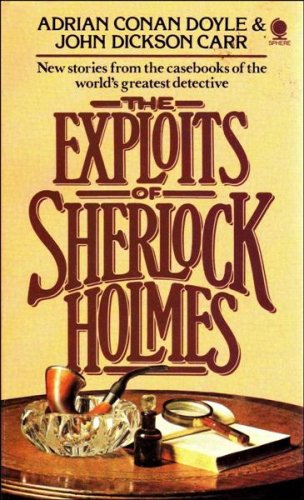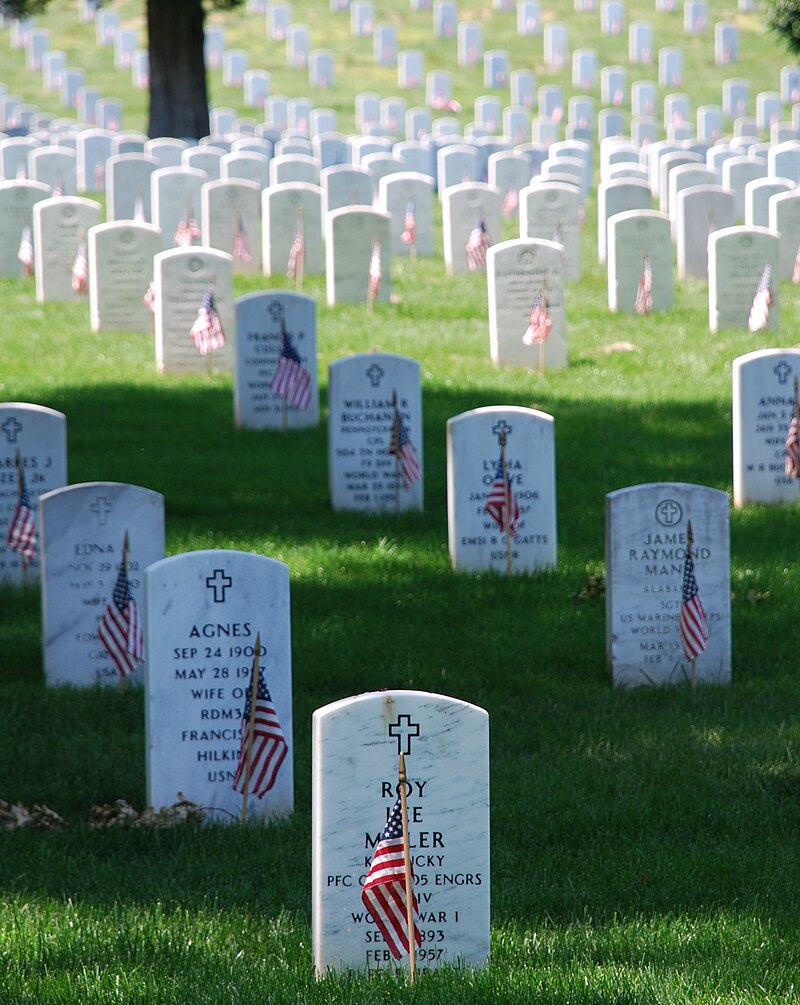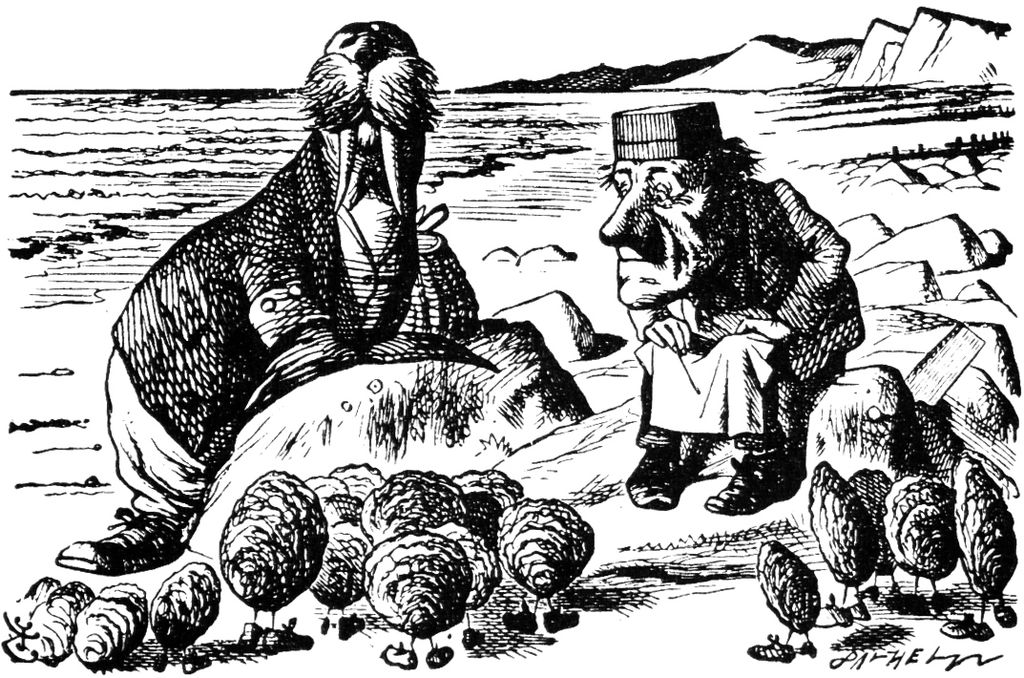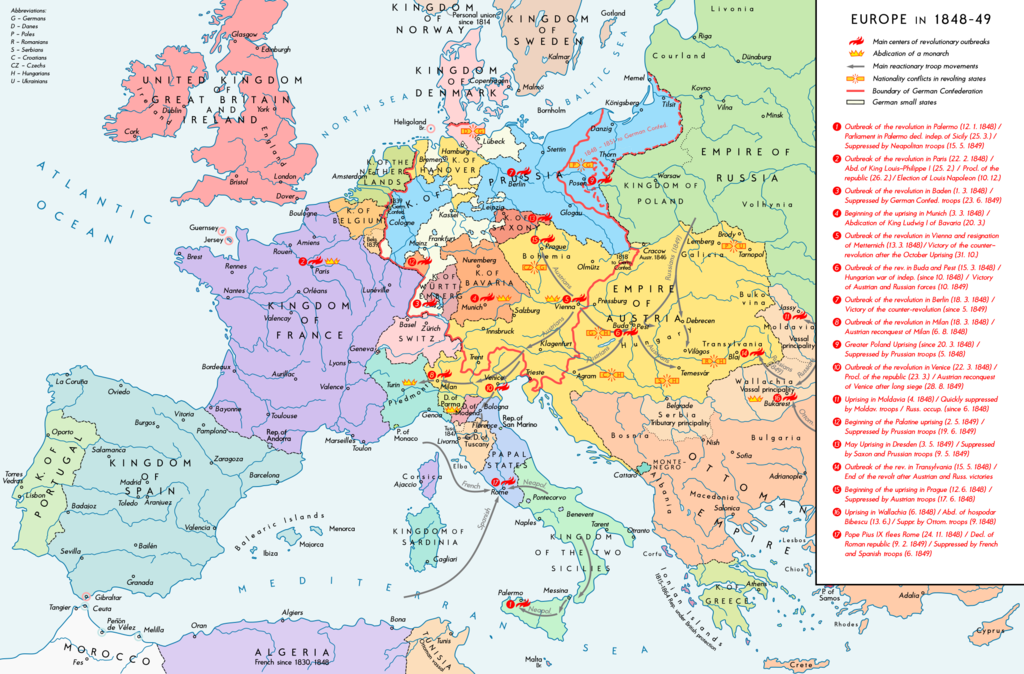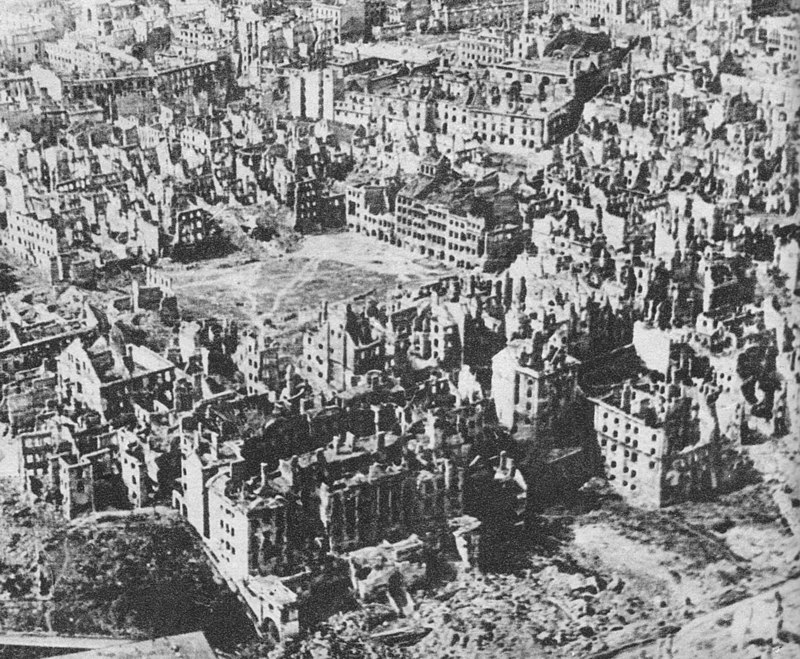I was recently reading a comment on a novel on Amazon in which a reader said that she didn't like books set in fictional towns if the setting plays an important role in the plot. If the setting is important, she wrote, the author should take the time to research and properly use a real place. Not to do so is lazy writing.
Well, that stopped me.
I can think of a number of reasons why an author might choose to use a real place, a fictional place, or a fictional place based on a real place in his/her books. And none of those reasons are lazy reasons. But rather than expound on this point myself, I figured I'd go straight to some author friends who take different approaches to see why they do what they do. In all cases, they chose their settings with care.
Let's start with LynDee Walker's Headlines in High Heels mystery series. It's set in Richmond, Virginia, and features newspaper crime reporter Nichelle Clarke. LynDee lives in Richmond and chose to bring her adopted hometown to life in her books. She loves exploring the city and learning about, and sometimes using, local history as she works to get the details in the books right, she said.
But using a real city can be tricky. "I try to avoid mentioning specific businesses when I can, largely because if a place closes, it dates the book," LynDee said.
And she also doesn't want to make any real businesses look bad. "I get creative with made-up, non-specific, or abandoned public places for body discoveries. I would never put a corpse in the freezer at Capital Ale"--a popular Richmond pub--"or have someone get poisoned in a real restaurant. I don't want to hurt anyone's reputation, even if I am making it all up and it's clearly marked as such."
Sasscer Hill, author of the new Fia McKee mystery series, mostly uses real places in her books too. Doing so adds realism, but it also adds to the workload.
"The difficulty about writing a real place is you must get it right," Sasscer said. "That takes research by phone, internet, and road trips. If you don't carefully check for the accuracy of your setting's description, there are plenty of readers who will be happy to point out that you got it wrong."
Sometimes authors choose to use a made-up setting to avoid making inadvertent mistakes, as well as to avoid angering real people. Maya Corrigan is a good example.

"With a fictional town, I don't have to worry that the place where I set a scene (restaurant, secondhand shop, clothing store), will go out of business before my book is published," said Maya, author of the Five-Ingredient Mysteries series set in a fictional town on Maryland's Eastern Shore. "Also, with a fictional place, I won't get irate messages from actual town police and county sheriffs because my character interacts with less-than-ideal law enforcers."
These are legitimate reasons for choosing to make up a setting. But with these pros comes the possible con that readers familiar with the area in real life might find it hard to accept the fictional town.
"My main problem with a fictional location is with the interface between it and real places," Maya said. "How long does it take to get from Bayport, which doesn't exist, to Baltimore or Annapolis? I can't leave it vague because timing can be crucial in a mystery. I'm afraid a reader familiar with the area may complain that a twenty-minute drive from some real location will put me in a cornfield or in a real town, not my fictional one."
To avoid Maya's cornfield problem, some authors try to straddle the line. They make up a town to set their series in, but that town is based on a real place. And sometimes the fictional town is set in exactly the same spot on the map as the real one.
Sherry Harris, author of the Sarah Winston Garage Sale Mystery series, sets her books in fictional Ellington, Massachusetts, including the adjacent fictional Fitch Air Force Base. Readers won't recognize these places by name, but they may by description.
"Ellington is based on the real town of Bedford, Massachusetts," Sherry said. "Fitch AFB is based on Hanscom AFB, which adjoins Bedford. Anyone familiar with Bedford or Hanscom will recognize places they know in the books. But by making a town fictional, I can move things around, add things, and change how buildings look as needed."
As any author knows, being able to manipulate the setting can be important. But it also can be dicey.
"People are very proud of their towns. Moving things around can cause outrage," Sherry said. "By fictionalizing Bedford I can add businesses, rearrange the base a bit, while staying true to the real versions. I wouldn't want a murderer to work at a real place and have the real place take offense (or legal action). I do use real places in the books, though. Sarah goes to Concord, Lexington, Bedford, and Boston."

Barbara Ross took a similar approach with her Maine Clambake mystery series, set in fictional Busman's Harbor, Maine, which is based on Boothbay Harbor, Maine. Barbara chose to create a town based on a real one "because I wanted to move some things around, borrow some shops and restaurants from nearby towns. The pros are that when I need a new business downtown, like a frame shop or a jeweler, I can add it to my Main Street without any worry. The con is, I am sure the bookstores and libraries in my town and other nearby towns could attract even more readers if I used the name of the real town."
So in Barbara's case, we see the author choosing to fictionalize a real setting in order to enable her storytelling to work better.
Sasscer Hill took that approach with two specific settings in her first series about a jockey in Maryland.
"Shepherds Town was based on Charles Town Racetrack in West Virginia, and Dimsboro was based on the old Marlborough Racetrack in Upper Marlboro, Maryland," she said. "Charles Town racetrack was significantly upgraded and rebuilt while I was writing my stories, and I wanted to write it the way it was, not the way it became. The old Marlborough Track, before it was torn down, had turned into the seedy training track I describe as Dimsboro. I didn't want to anger people who had fond, nostalgic memories of Marlborough Racetrack before it went downhill."

Jack Getze, author of the Austin Carr series, also relishes the freedom of writing a fictional town based on real places. "My fictional Branchtown is based on several towns near the ocean in central Jersey--Red Bank, Eatontown, Long Branch, Rumson, Sea Bright. My characters say bad things about a few of the local police and other authorities, much of the criticism based on real lawsuits and criminal trials. I figured I'd skip the chance of libel," Jack said. Plus "I like the 'feel' of my Branchtown encompassing all these different areas. Different kinds of people. [...] I wanted the fictional [town] to sound like one single town, not a conglomeration, and thus the wrong streets are in the right locations, and the police and fire houses are where I need them to be for my story."
And these are all excellent reasons why authors choose their settings. Whether their books are set in actual places, completely fictional places, or fictional places based on real ones, these authors all chose their settings with care. And that's really what's important when writing fiction. When making the decision of when to use real places and when to make them up, the goal should be serving the story. In the end, that serves the reader.
So, dear reader, do you have any books with settings that you find memorable? And are they real places, fictional, or fictional places based on real ones? Please share in the comments.





